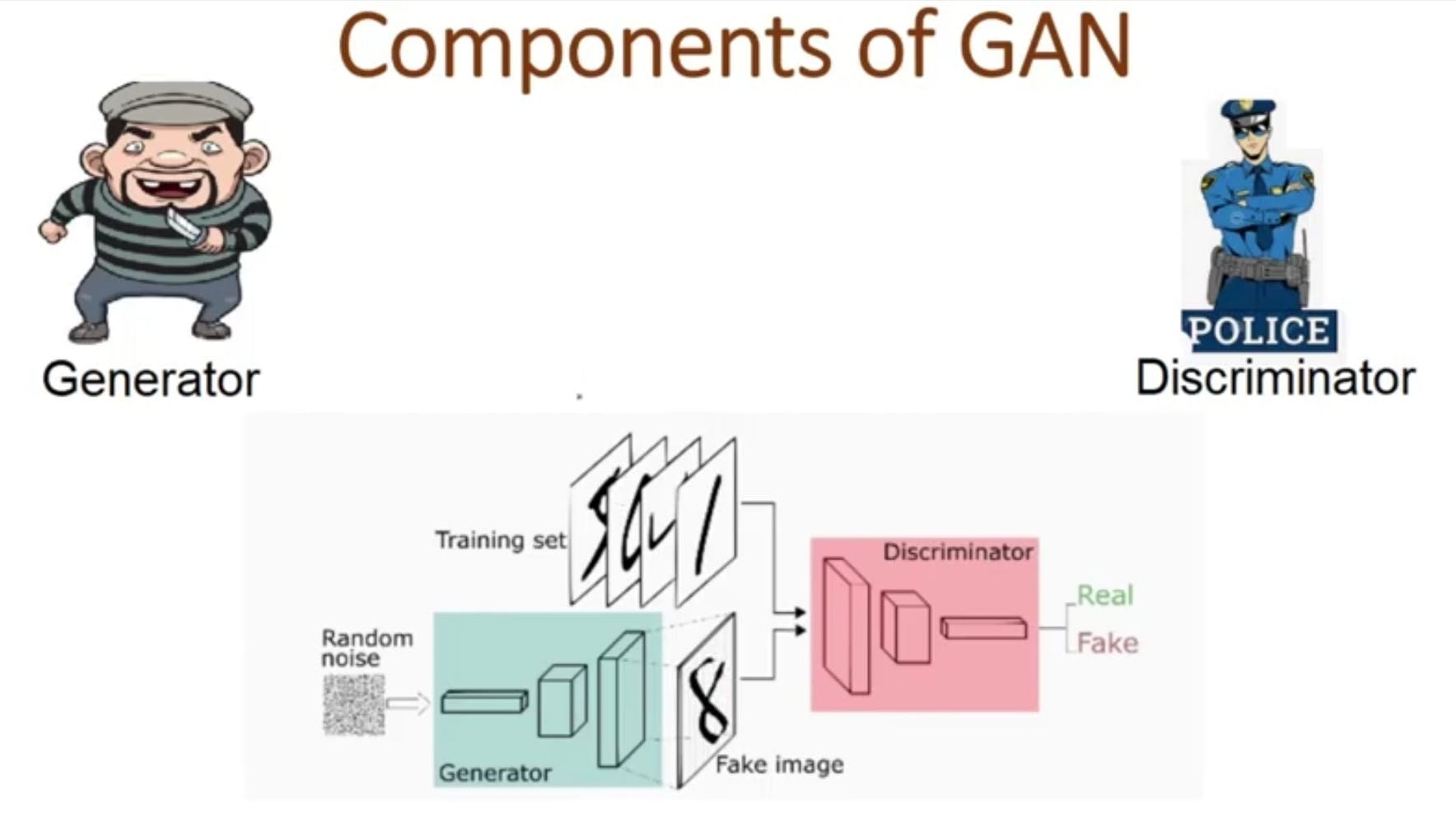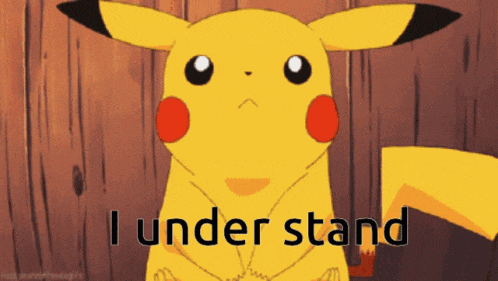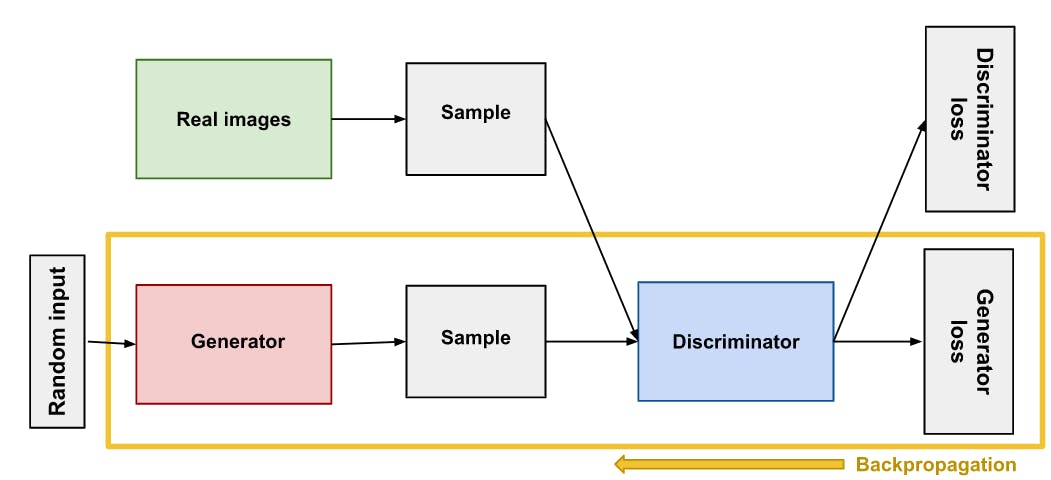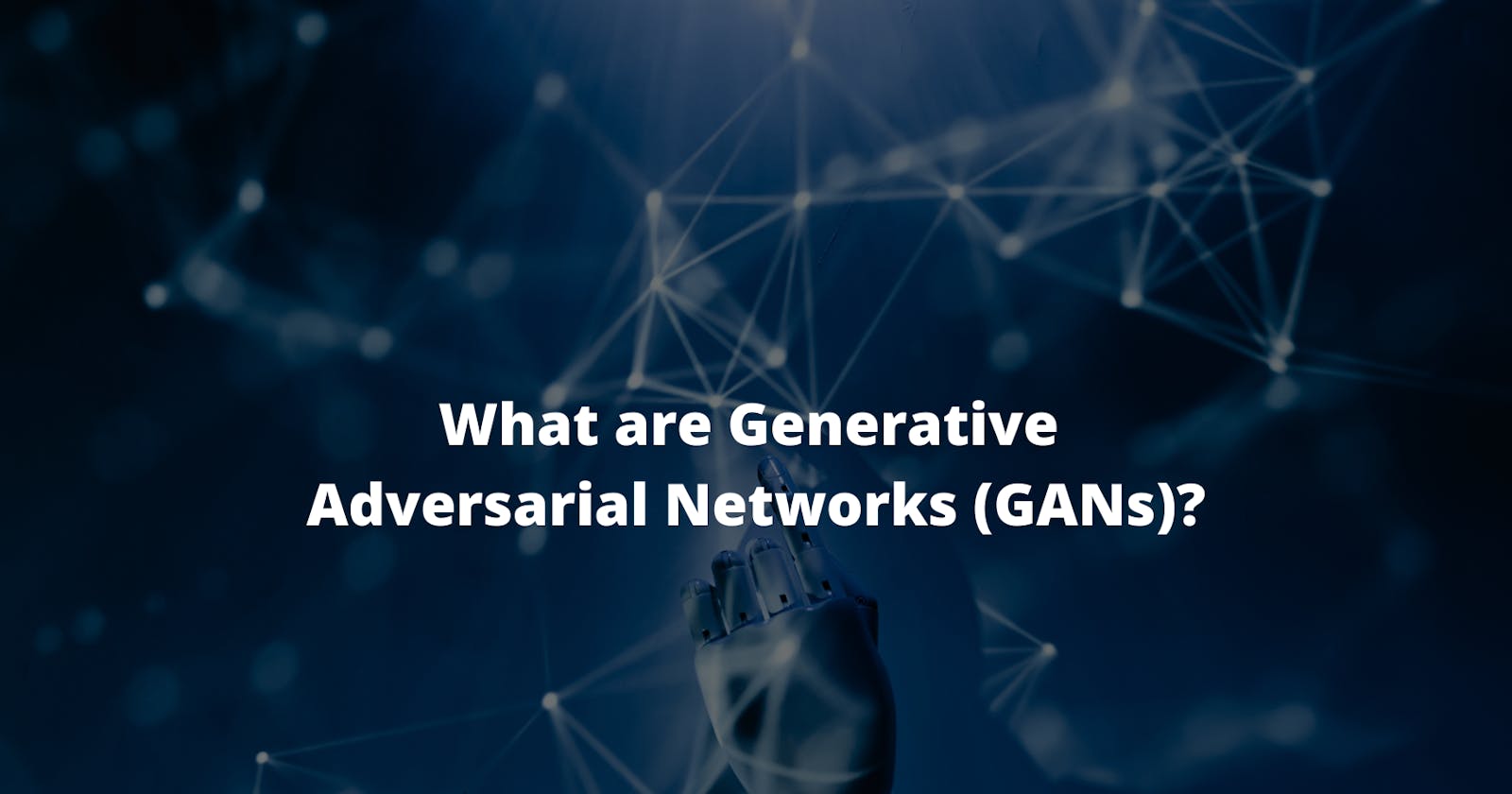Learn GANs-Generative Adversarial Networks by Building a project
Let's Understand the implementation of GANs. How it will Generate new images by Small Project.
What are GANs?
GANs is a deep learning architecture that involves two neural networks and this is a type of game between Two Neural Networks. That one neural network generates something from random noise and the other one is classified between the generated noise and real image samples. And this is the class of machine learning framework.
Example: A game between the police and a thief and time by that time both are getting experts in our work in every epoch.

How GANs are implemented? 🤔
In GANs architecture there are two neural networks for generating something new from random noise.
The first neural network is called Generator.
The second neural network is called Discriminator.

In this game, the generator generates some images from noise till the Discriminator were not saying this is real. In reality, the generated image is fake.
How GANs Work Internally!
GANs involve training two neural networks, the generator, and the discriminator, in a competitive setup. The generator creates realistic images from random noise, while the discriminator determines their authenticity.
Both networks are trained simultaneously, with the process iterating until the generator produces images indistinguishable from real ones. The generator adjusts its parameters based on the discriminator's feedback.
Get a probability score from the discriminator for image authenticity. Adjust the generator's parameters using this feedback and generate a new image. Repeat until the generator fools the discriminator. Both networks learn and adapt simultaneously, making GANs effective at creating realistic content.
Type "I understand " in the comment if you understand

GANs Architecture 🔭
Let's See the Architecture of GANs

The Latent Space is nothing but Random noise.
Just take a look at the picture, and you'll see how the generator uses random noise to make some cool fake samples.
Next, both the real and fake samples get sent over to the discriminator.
And guess what? When you give the fake sample to the discriminator, it treats all the labels of those fake images as if they were real! How cool is that?
Okay! Aman 😍 Got it
So, what we're doing here is kind of like a friendly trick. We give the discriminator both real and fake samples, but we tell it that the fake ones are real too. This way, we're helping the discriminator become smarter as both networks learn together.
By setting the label of the fake samples as real, we're making it a bit more challenging for the discriminator to tell the difference between real and fake samples. But don't worry, our clever discriminator gets better and better with every round of training! 😄
When the first Epoch is completed Our Loss will calculate and Backpropagation Start's :)
The Generator and Discriminator Loss will Calculate

After this, The Backpropagation starts 😀
In Backpropagation what will In GANs, backpropagation plays a super important role in fine-tuning the generator and discriminator neural networks during training. What it does is, it calculates the loss function, which shows the difference between the discriminator's output and the actual label (real or fake) of the input image. Then, this loss is sent back through the network, updating the weights and biases of each neuron to minimize the loss.
As time goes by, the generator gets better and better at making images that look just like real ones, since both networks learn and grow together. Thanks to backpropagation, GANs can whip up super realistic content for all sorts of cool stuff, like image and video editing, virtual reality, and gaming! 🎮🌟
Text: In some moments, the image whipped up by the generator becomes almost impossible to tell apart from a real image. When the discriminator can't tell the difference between real and fake images, we know our image is good to go.
Conclusion
Our main goal is to create an image and make it better with each step, reducing the loss until the discriminator just can't tell if it's real or fake.
Congratulation! 😋
You Learned GAN
The Project Part will upload soon...

